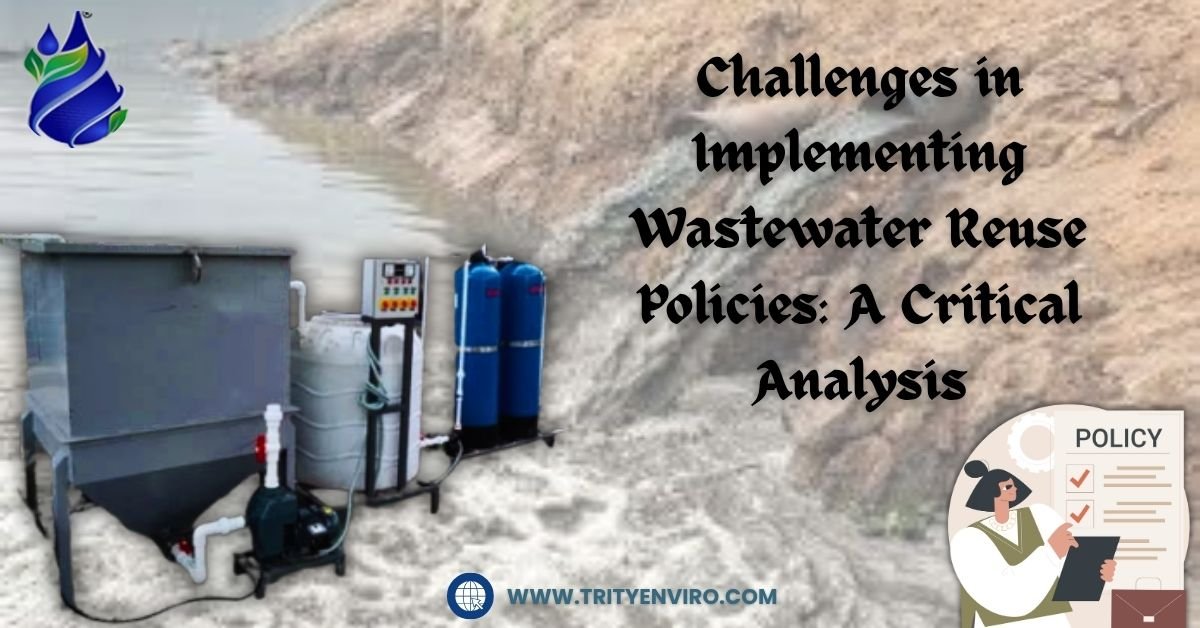
Challenges in Implementing Wastewater Reuse Policies: A Critical Analysis
The problem of water shortage remains a menace to global sustainability targets. The reuse of wastewater is a stable and environmentally friendly solution. Nevertheless, the wastewater reuse policies are hard to realize. Several related challenges are encountered in implementation by the policymakers.
Read More




